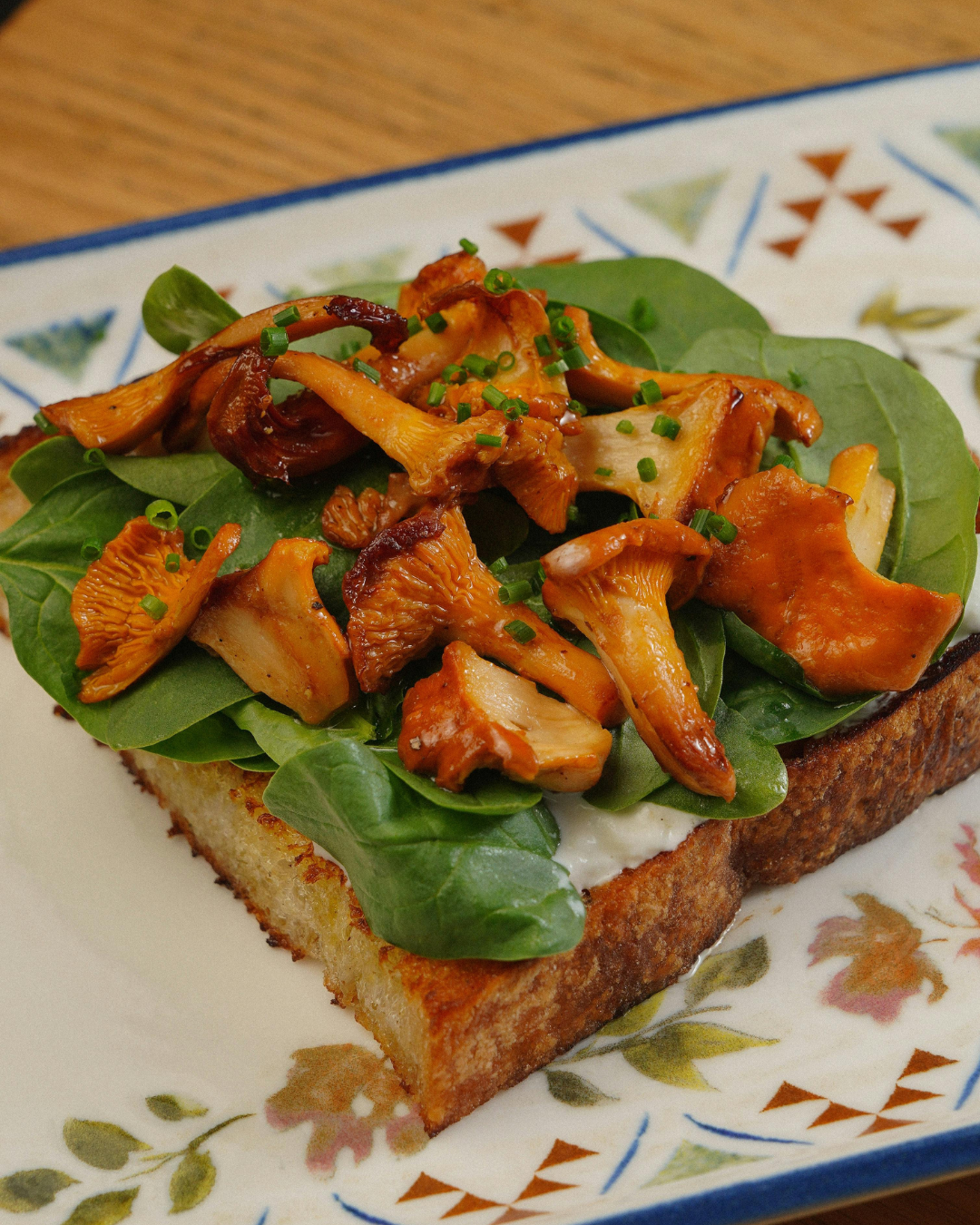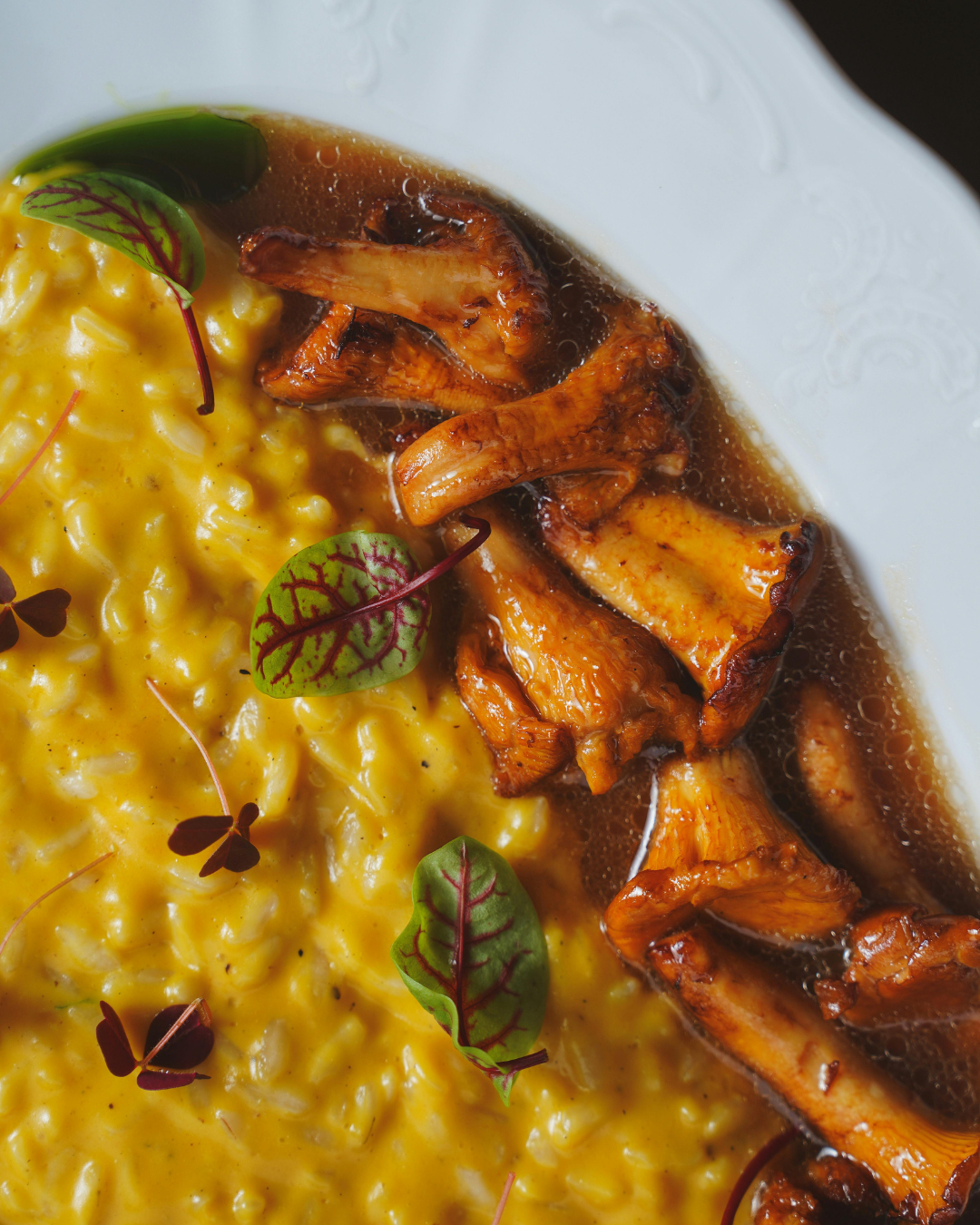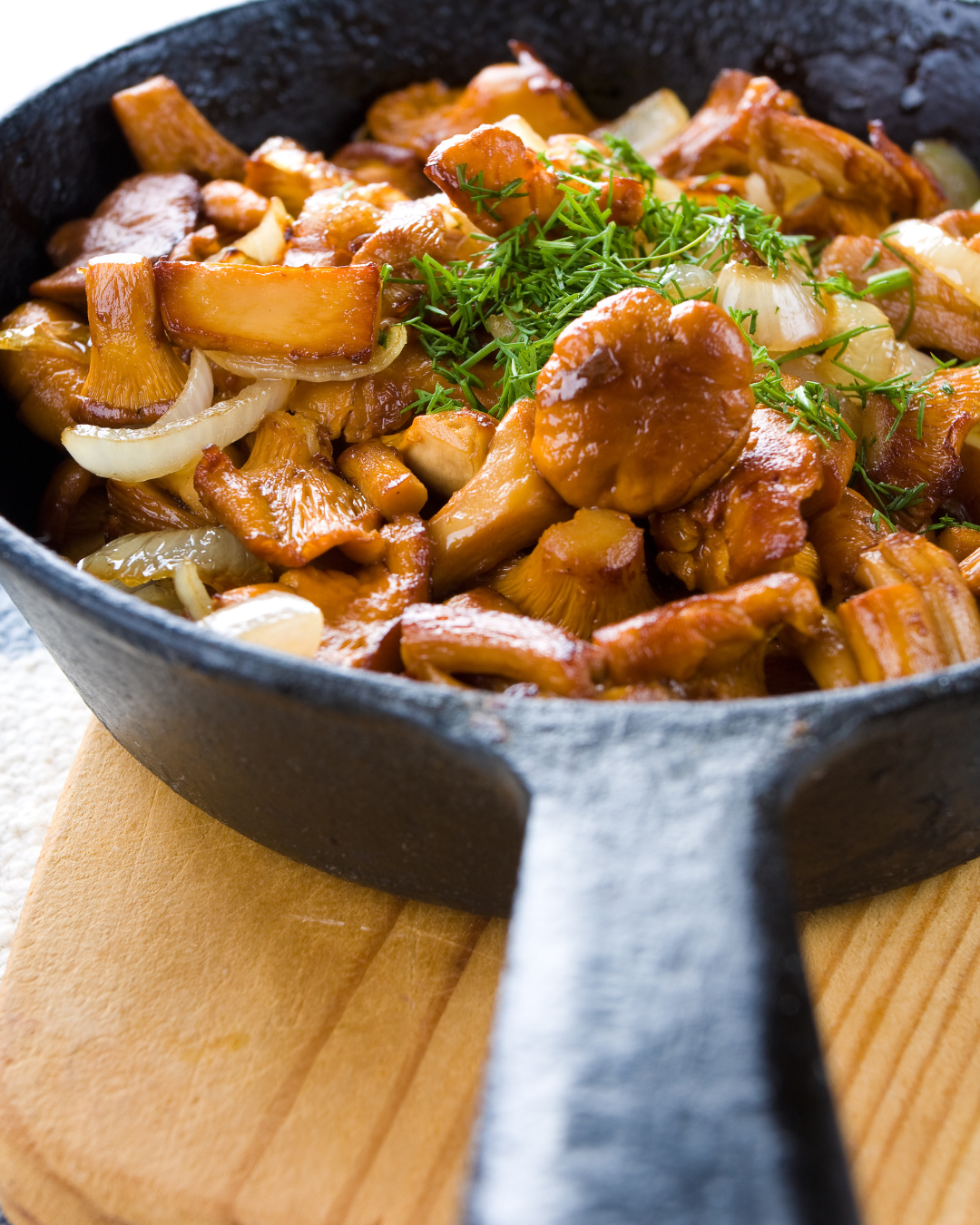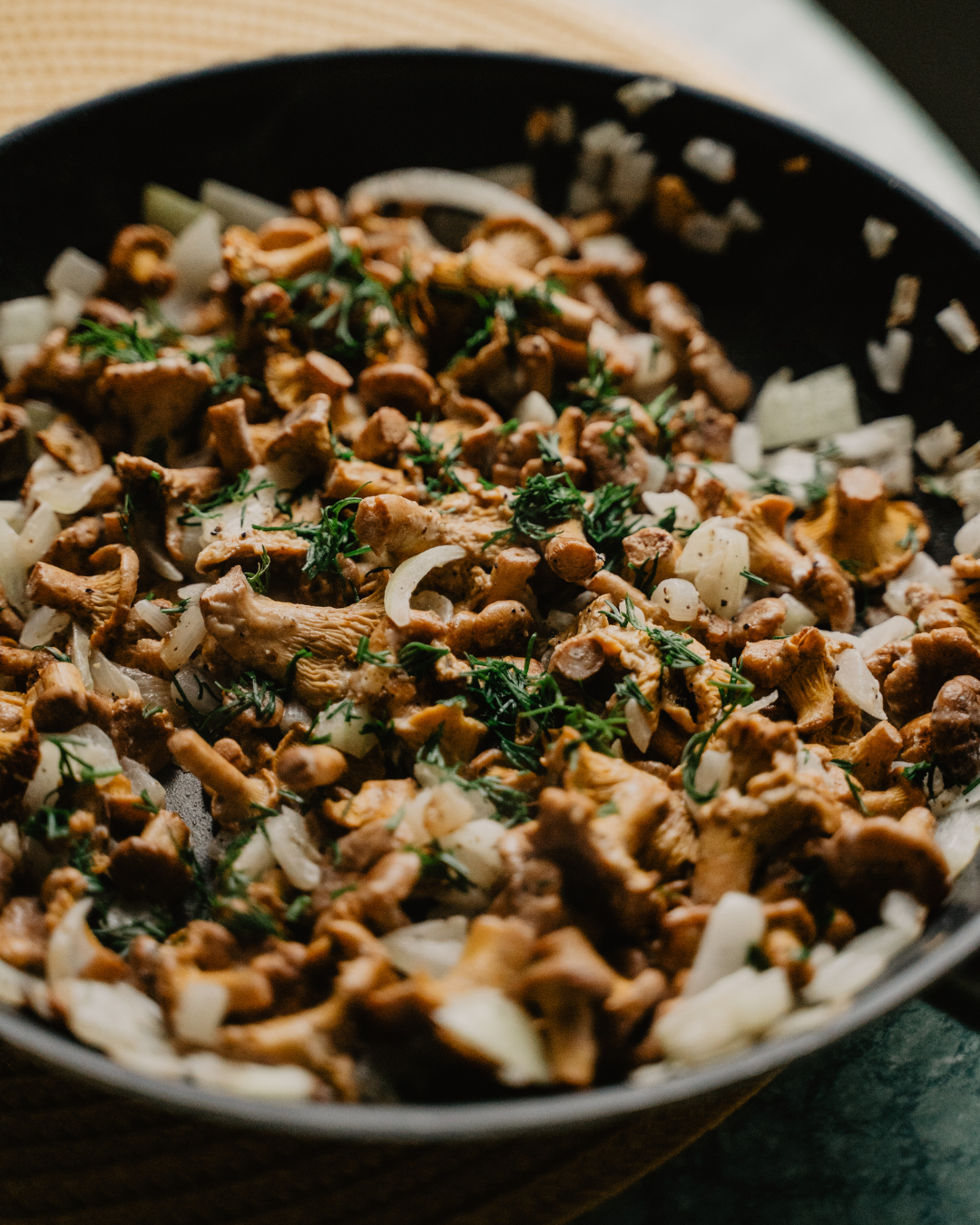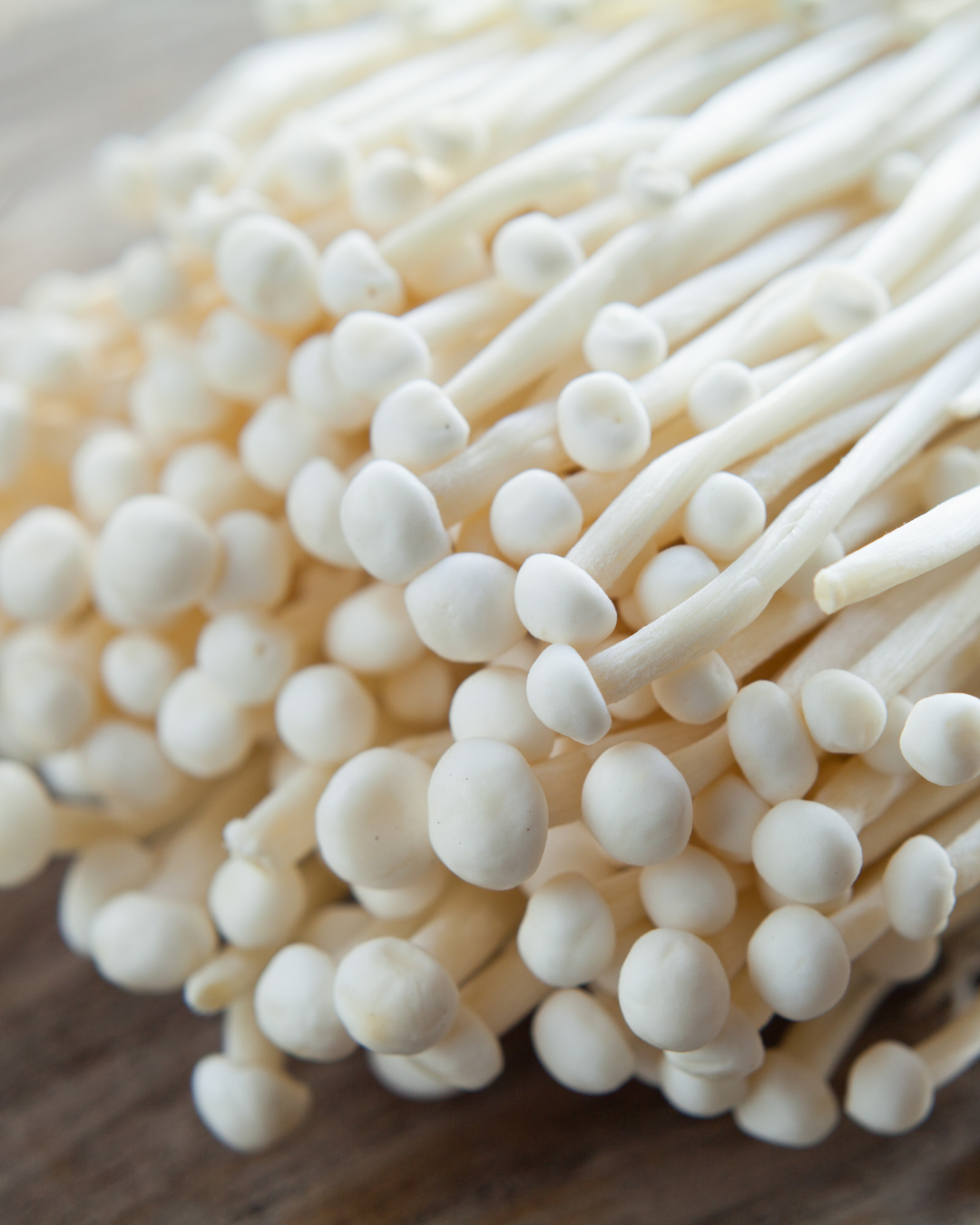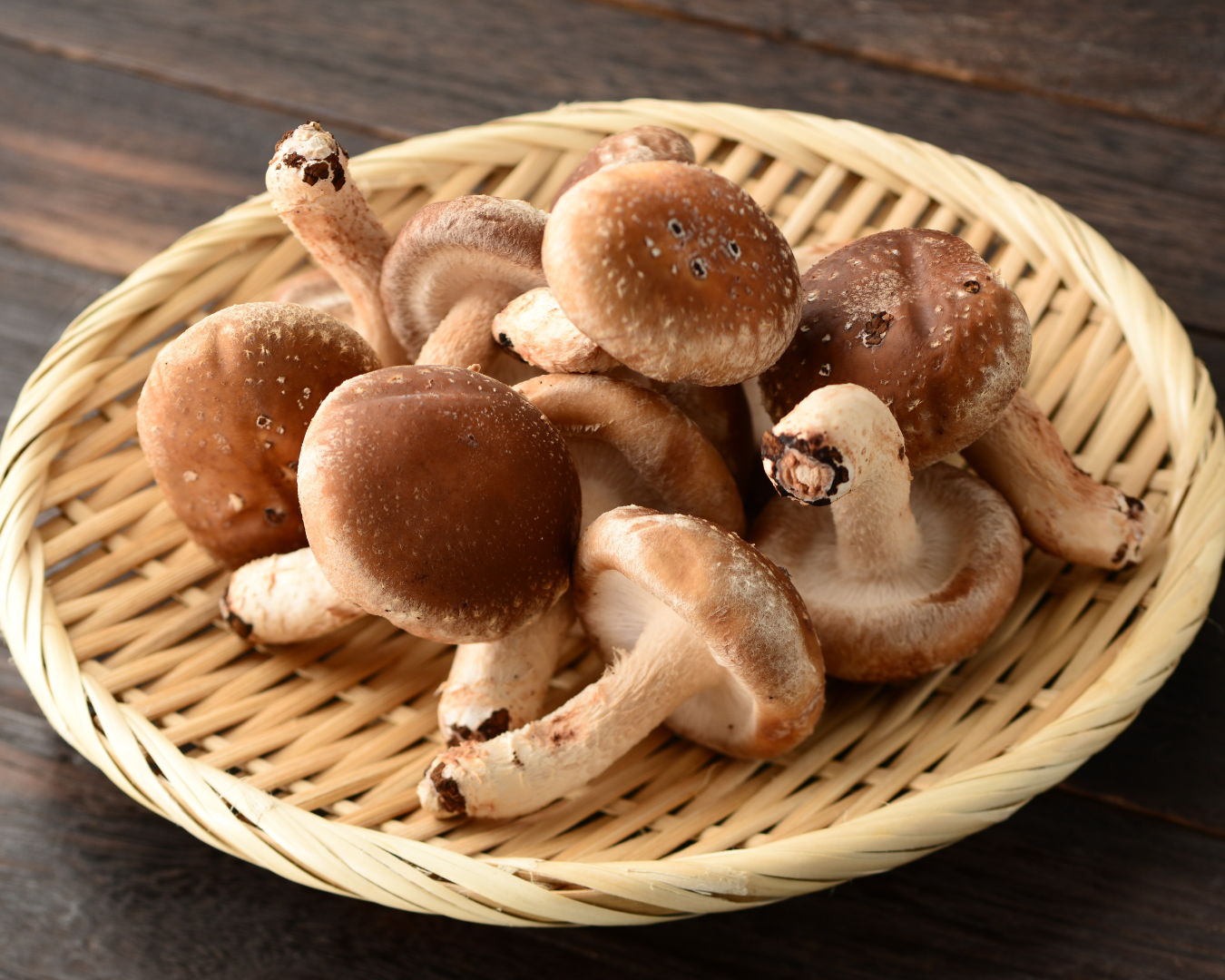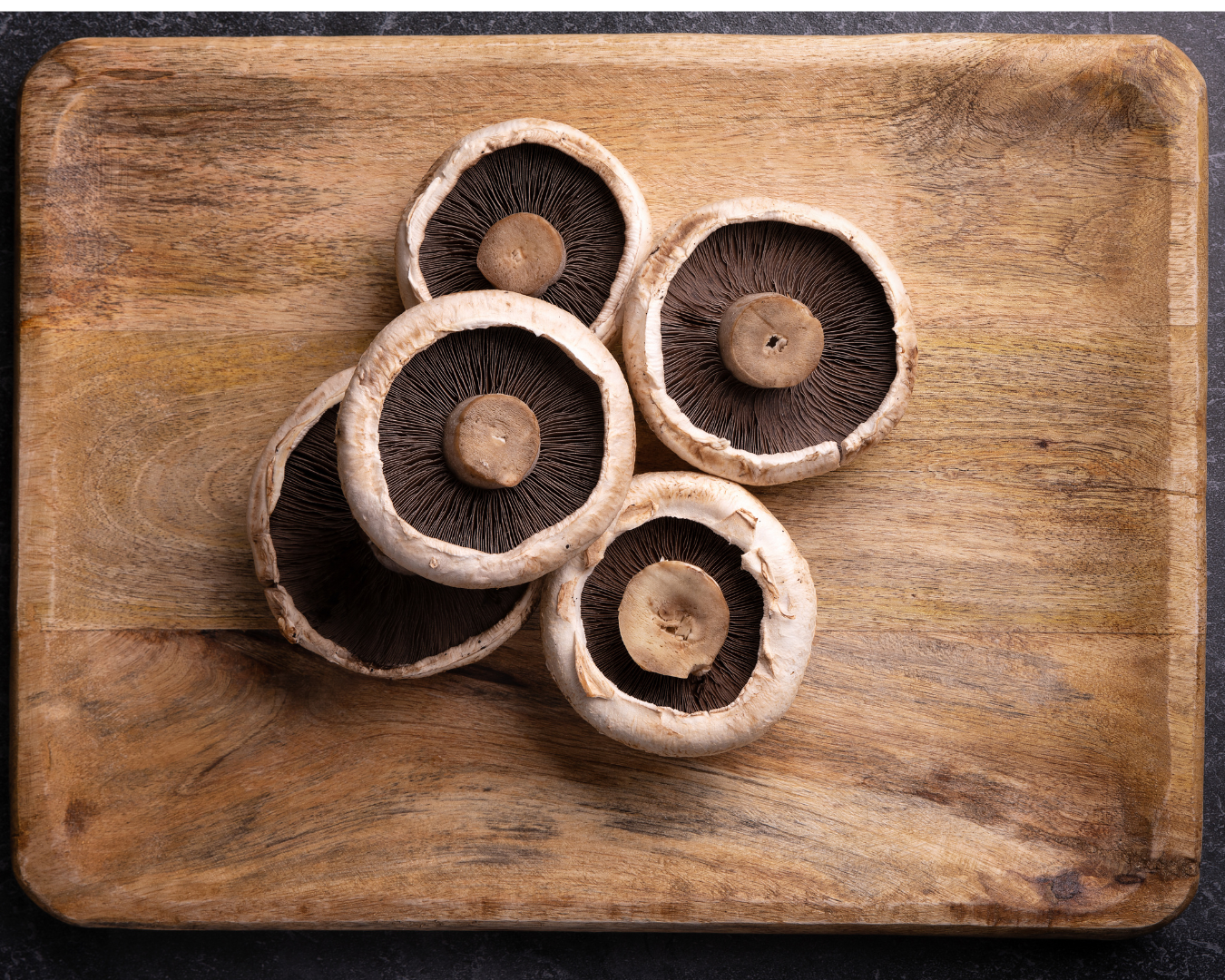Yellow Chanterelle
Price range: £10.49 through £41.95
Out of stock
Yellow Chanterelle Mushroom
The yellow chanterelle, scientifically known as Cantharellus cibarius, is a popular edible wild mushroom that is celebrated for its delicate flavour and versatility in culinary applications. Known for its striking golden colour and unique trumpet shape, this mushroom is a favourite among foragers and chefs alike.
Appearance
- Colour: Yellow to golden orange.
- Shape: Funnel or trumpet-shaped cap with wavy edges. The cap is usually smooth with a slightly concave centre.
- Gills: Unlike traditional gills, chanterelles have ridges or blunt folds that run down the stem, known as “false gills.”
- Stem: Thick and solid, tapering slightly toward the base, typically matching the cap’s colour.
Habitat
Yellow chanterelles are commonly found in deciduous and coniferous forests, thriving in mossy, damp environments. They grow symbiotically with trees, forming mycorrhizal relationships, and are often located near oak, beech, and pine trees.
Season
The prime season for hunting yellow chanterelles is from late spring to early fall, although this can vary depending on regional climates. They are most abundant after periods of rain.
Culinary Uses
The yellow chanterelle is prized for its subtle peppery flavour and fruity aroma, often described as reminiscent of apricots. Here are some popular culinary uses:
- Sautéed: Lightly sautéed in butter or olive oil with garlic and herbs to enhance their natural flavour.
- Soups and Stews: Added to soups and stews for their texture and umami taste.
- Pasta and Risotto: Incorporated into pasta dishes and risottos, pairing well with cream-based sauces.
- Preserves: Can be dried or pickled to extend their shelf life.
Nutritional Value
Yellow chanterelles are not only delicious but also nutritious. They are low in calories and contain essential vitamins and minerals such as:
- Vitamin D
- Potassium
- Niacin
- Iron
These mushrooms are also a good source of dietary fibre and antioxidants, contributing to a healthy diet.
Safety Tips
- Identification: Always ensure accurate identification when foraging as there are poisonous look-alikes, such as the Jack O’Lantern mushroom (Omphalotus olearius).
- Preparation: Clean chanterelles thoroughly before cooking to remove dirt and debris, but avoid soaking them as they can absorb water and become soggy.
Conclusion
The yellow chanterelle mushroom is a delightful addition to any mushroom enthusiast’s repertoire. With its distinctive appearance, rich flavour, and nutritional benefits, it’s no wonder this mushroom remains a favourite in kitchens and forests around the world. Whether you’re an experienced forager or a curious cook, the yellow chanterelle offers a unique and rewarding experience.

